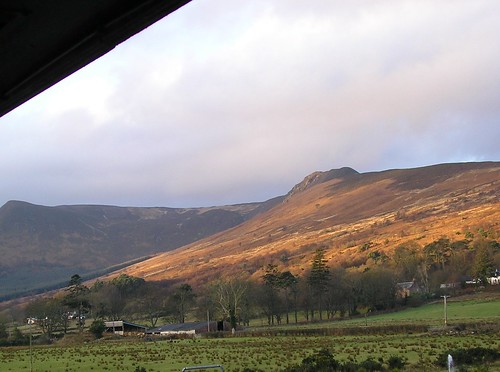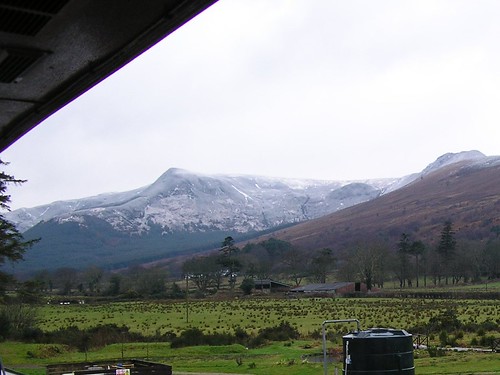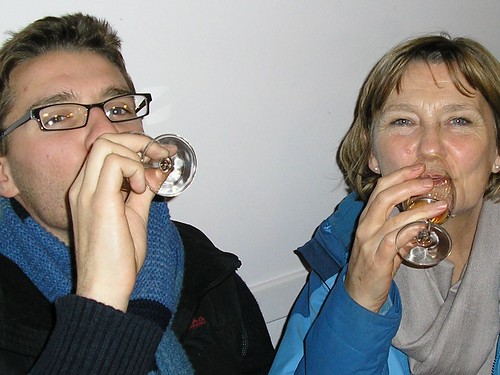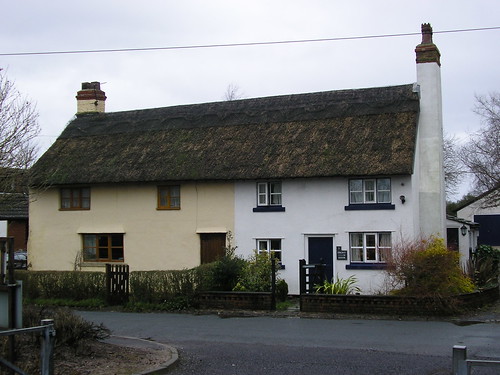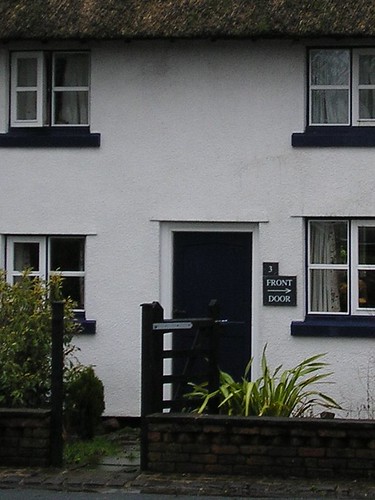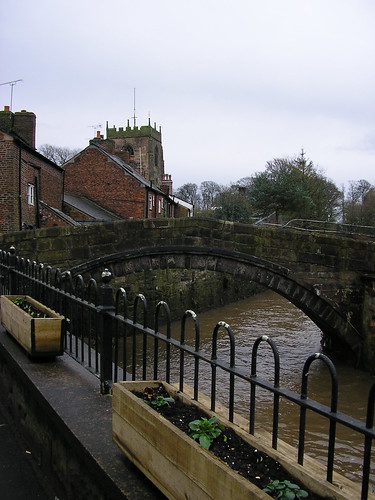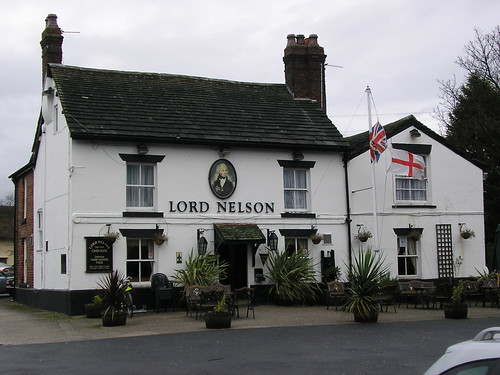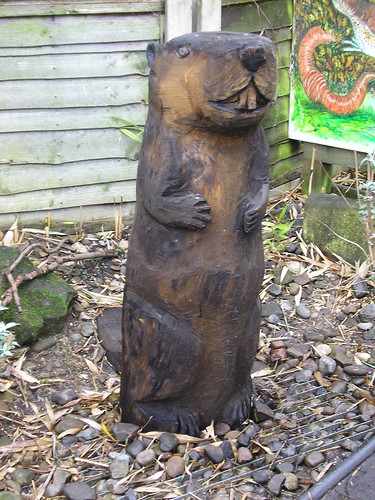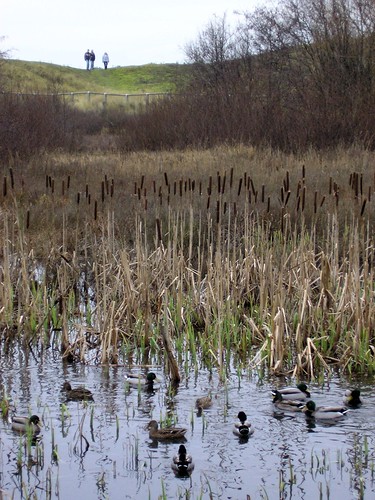However here is a screen capture...
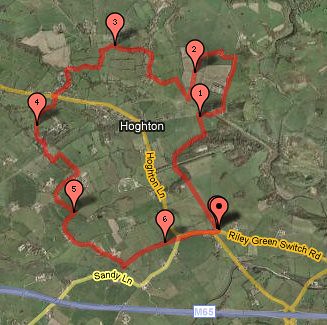
The first steps on our journey took us from the Royal Oak Hotel carpark in Riley Green, a hamlet straggling a main road, up Green Lane. Fine views, on our right of Hoghton Tower, one of Lancashire's most famous stately homes.
Kings were no strangers to staunchly royalist Lancashire and in 1617 the de Hoghton family entertained King James I. Offering him the finest cut of beef reared on the rolling pastures of the Darwen Valley, James I famously knighted his loin -Sir Loin!

Apparently the loyalty proved costly during the Civil War when Hoghton Tower came under siege by the Roundheads and the mansion's tower was partly destroyed.
There were panoramic views for much of the length of this walk, offering glimpses of both Preston and Blackburn. In spite of the rain we have had during the month, it wasn't too bad under-foot and one hour of our time was spent recording 'bird sightings' as part of the RSPB bird watch. Green Plovers and Mallard were the highest counts of the hour but a heron, a lesser spotted wood-pecker, a long-tailed tit and a Jay were the highlights!
A short stop for bananas and water, outside Hoghton Post Office on the A675 and we were off past Brindle Lodge, another imposing building. You may well be thinking, where are the photographs? Well the batteries failed and, for once, I didn't have any spare ones.
The climb from Millstone Farm up to Duxon Hill, was the most difficult part of the walk which was through pleasant countryside.
A visit to the Royal Oak was a must and the olde-worlde atmosphere remains. Four low oak-beamed rooms served by a central bar with good food and beer (Roast Beef and horseradish on brown for Chris and Ham and mustard on white for me; Wainwright Beer to wash it down) In all an excellent walk enjoyed by us both. Pity I was driving as a few more Wainwrights would have gone down a treat!
PS Just tried to save the map again and you may be pleased to know you can view it at http://www.gmap-pedometer.com/?r=1581101
Blogged with Flock
